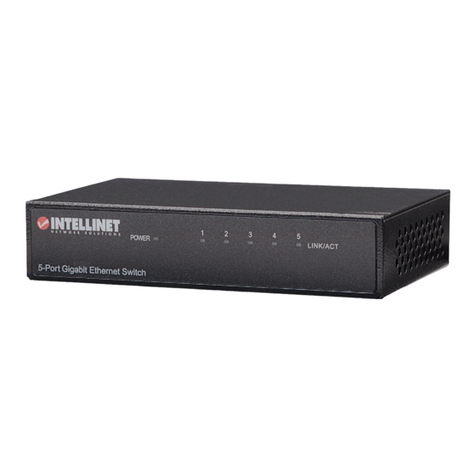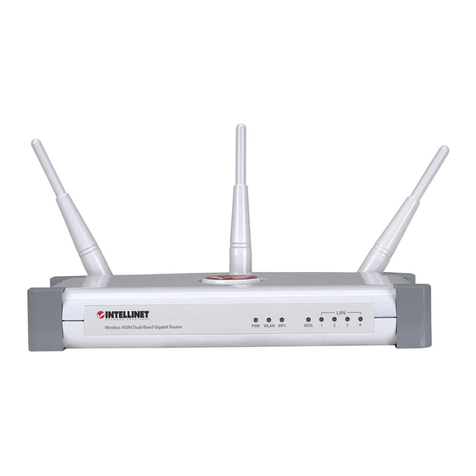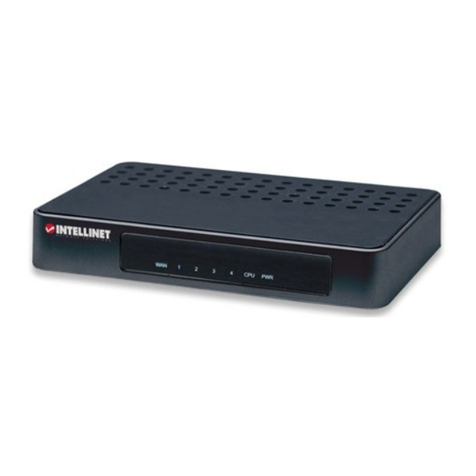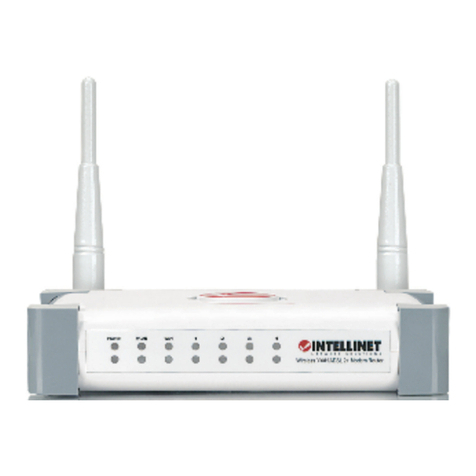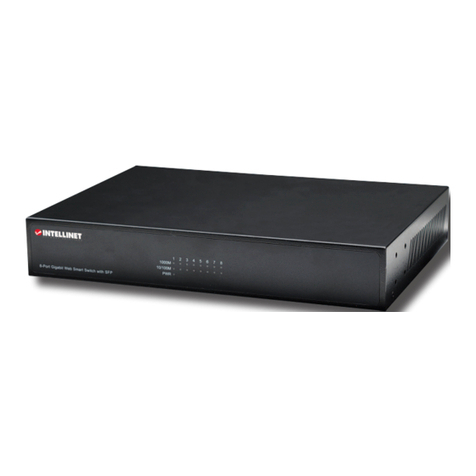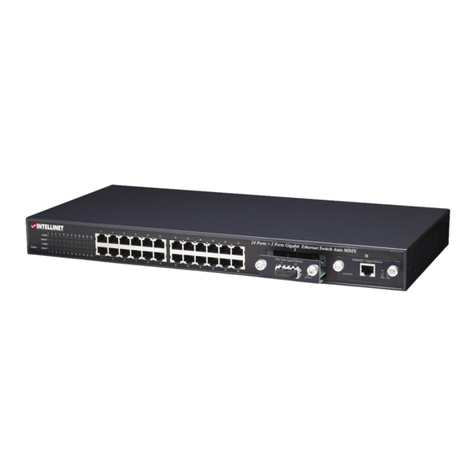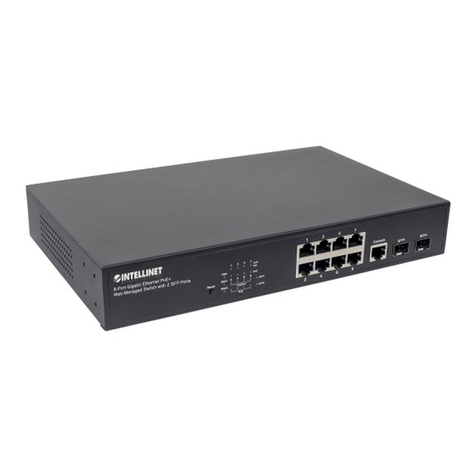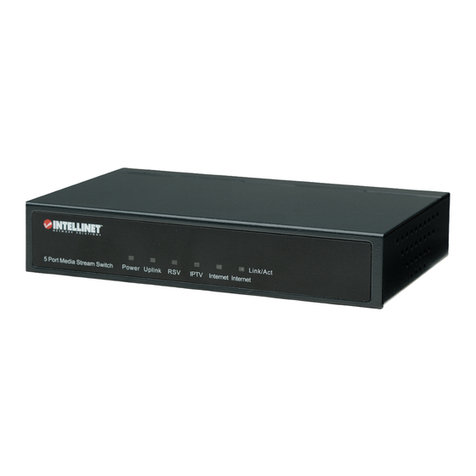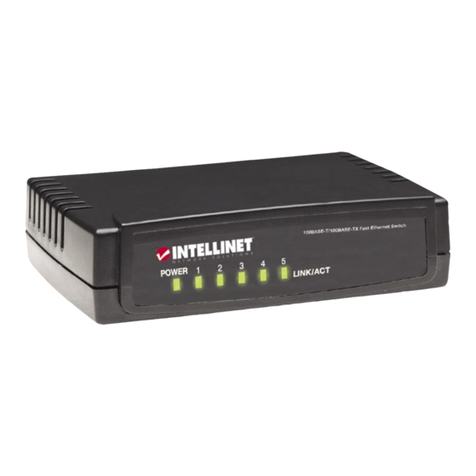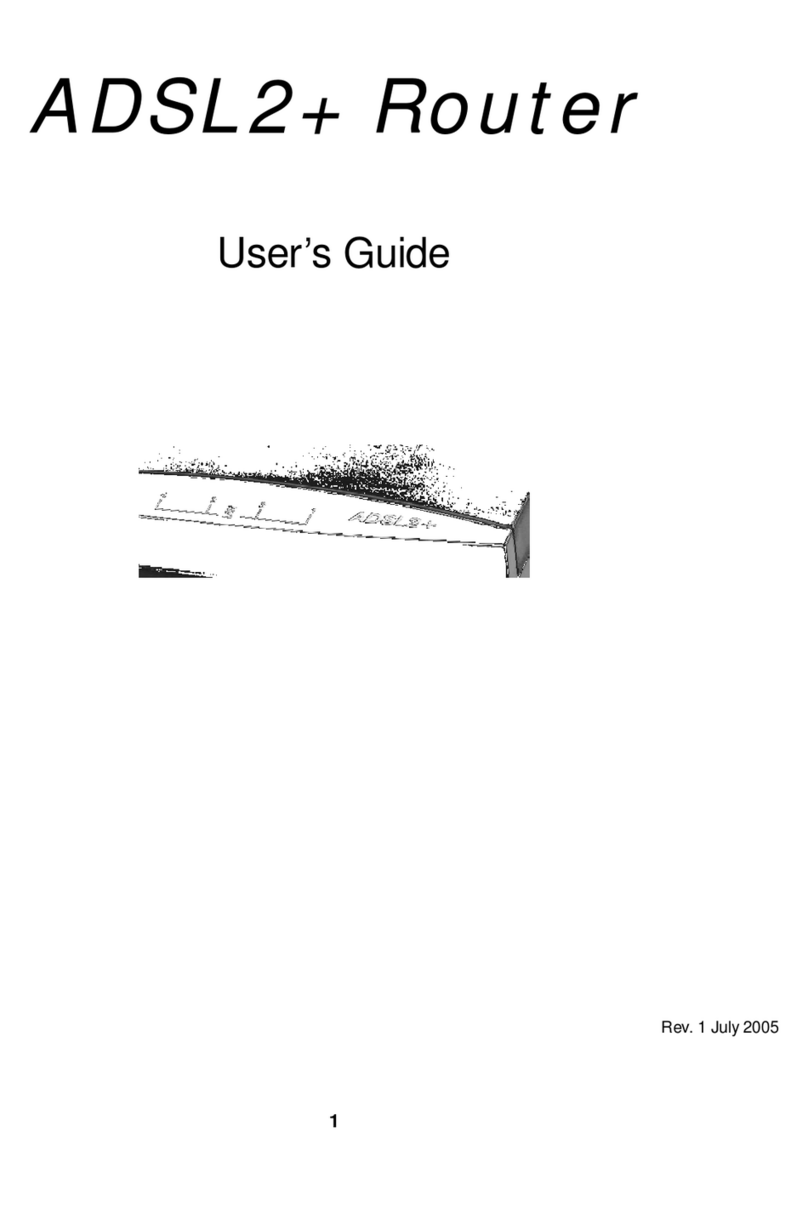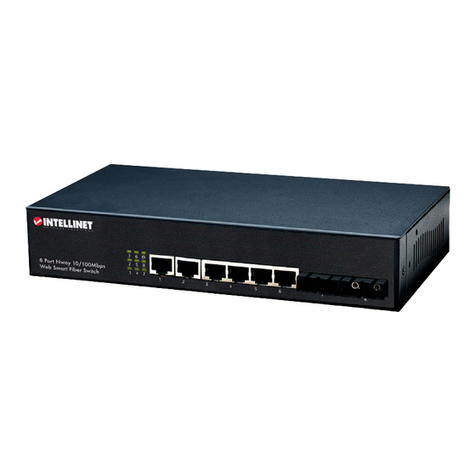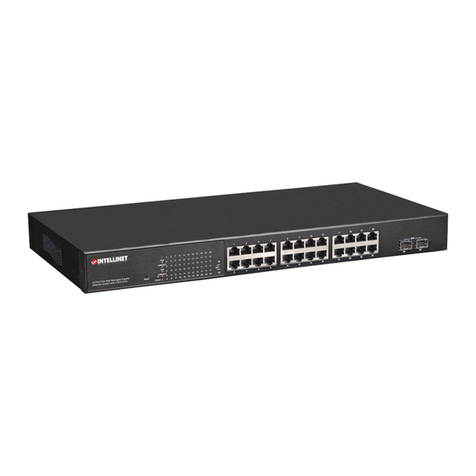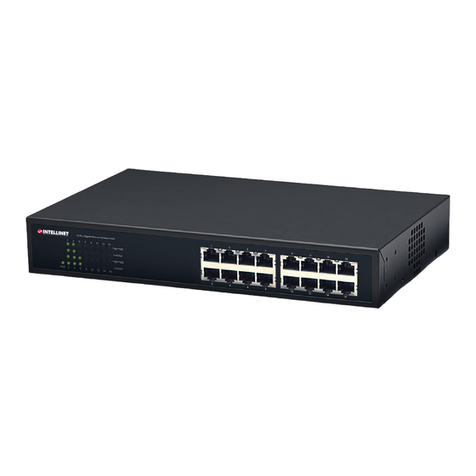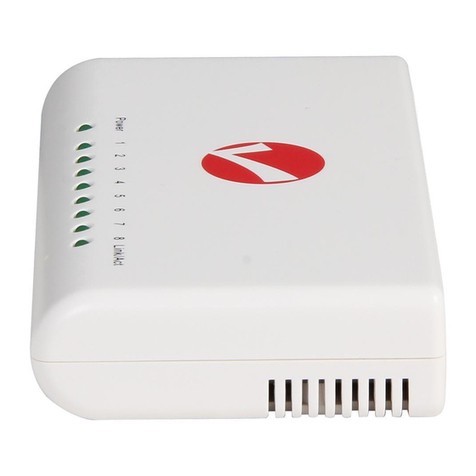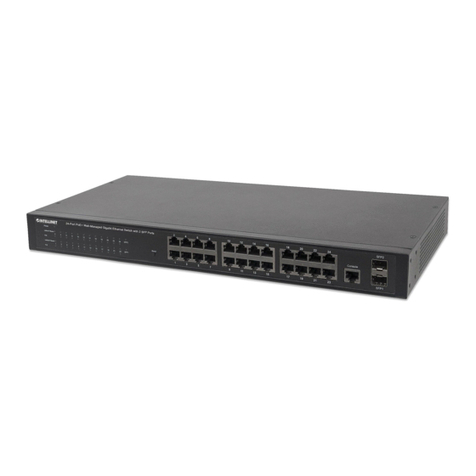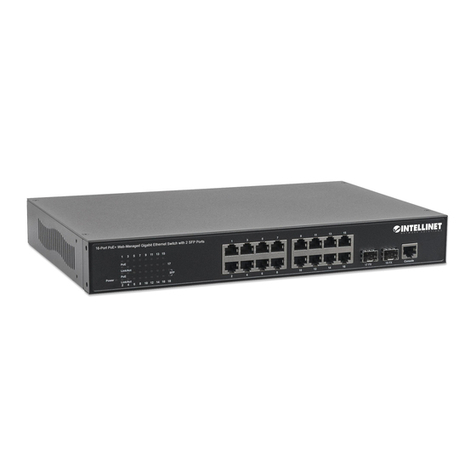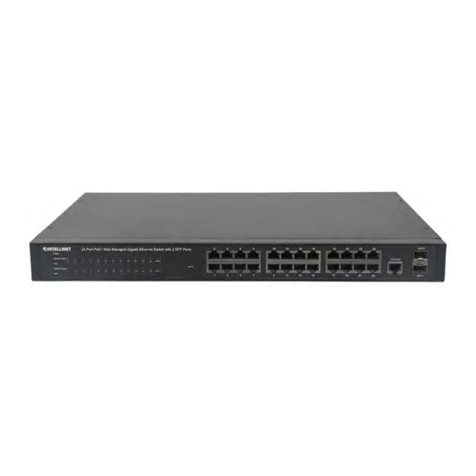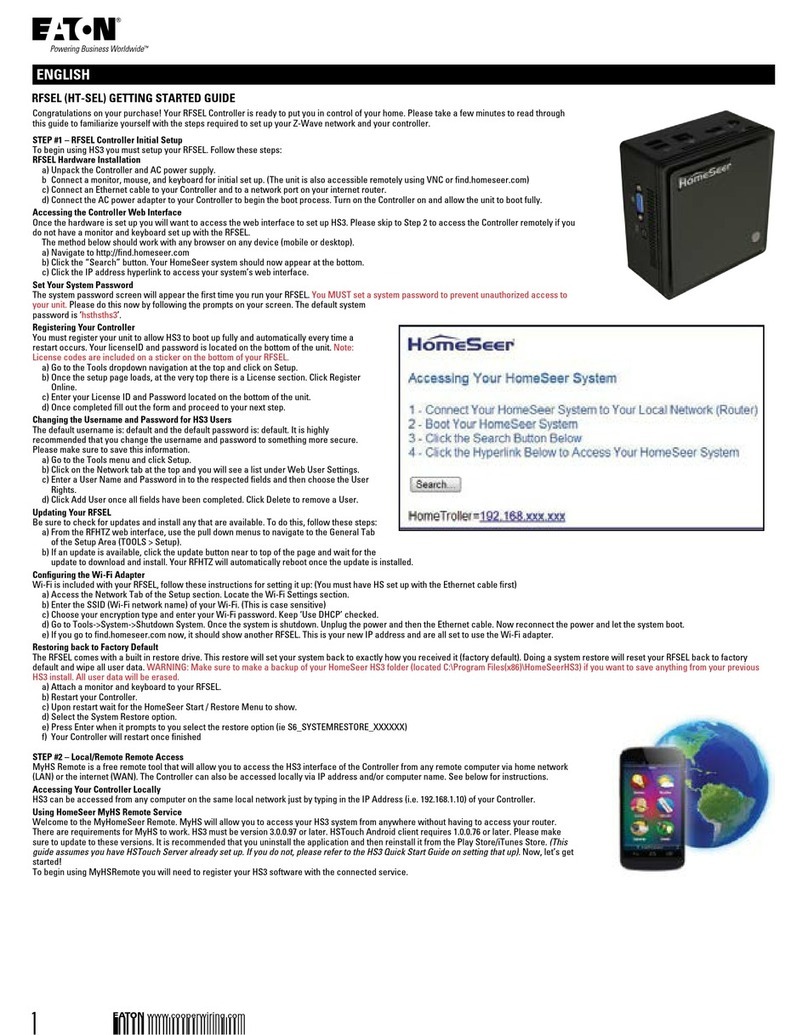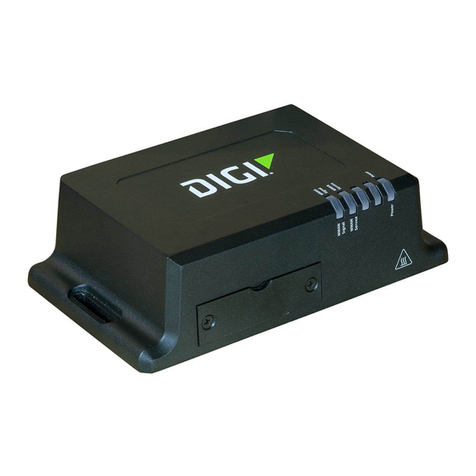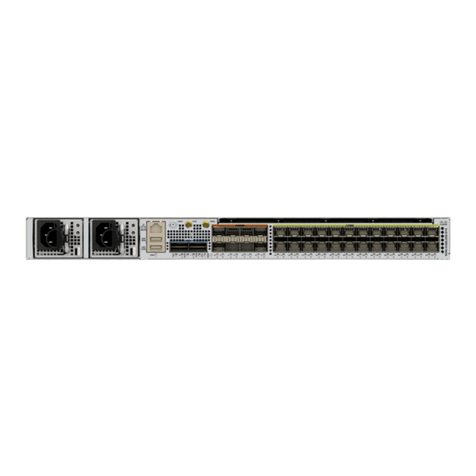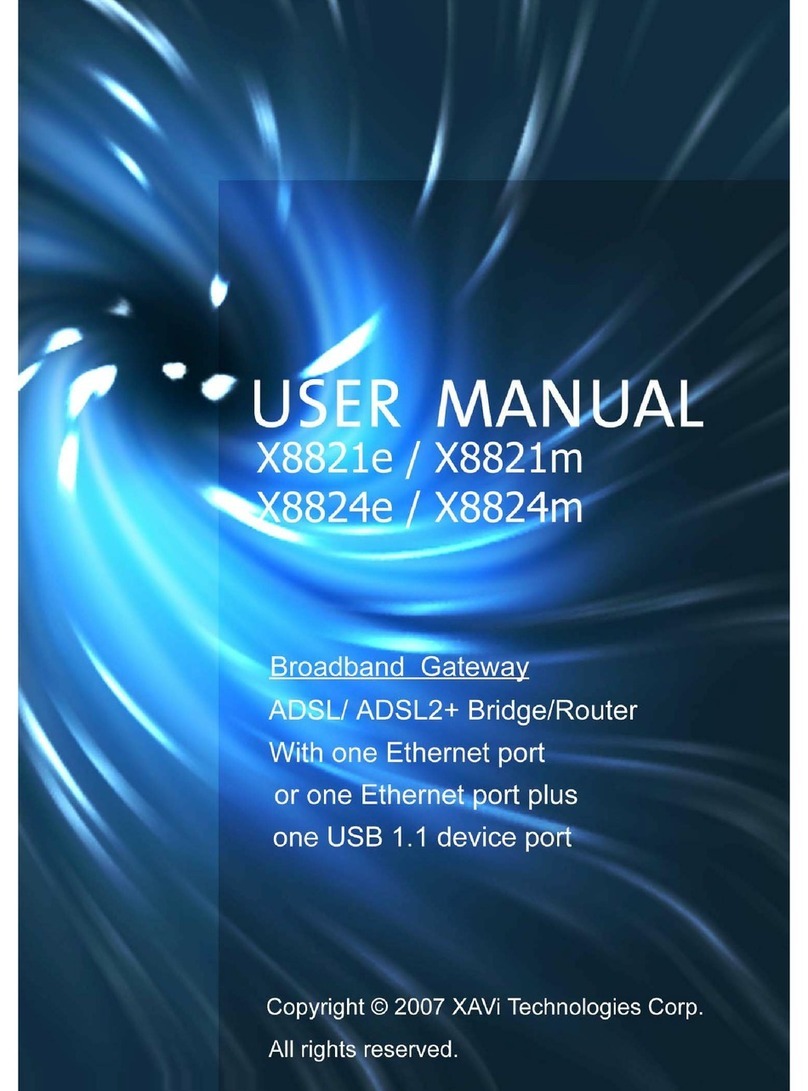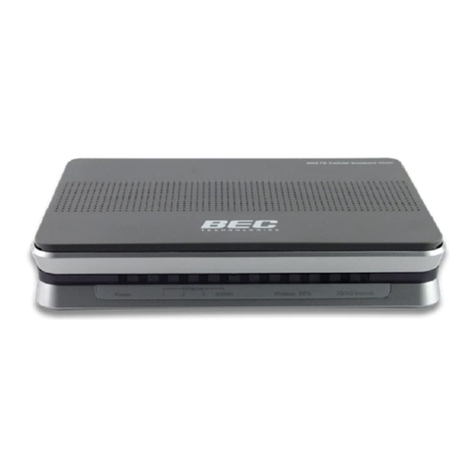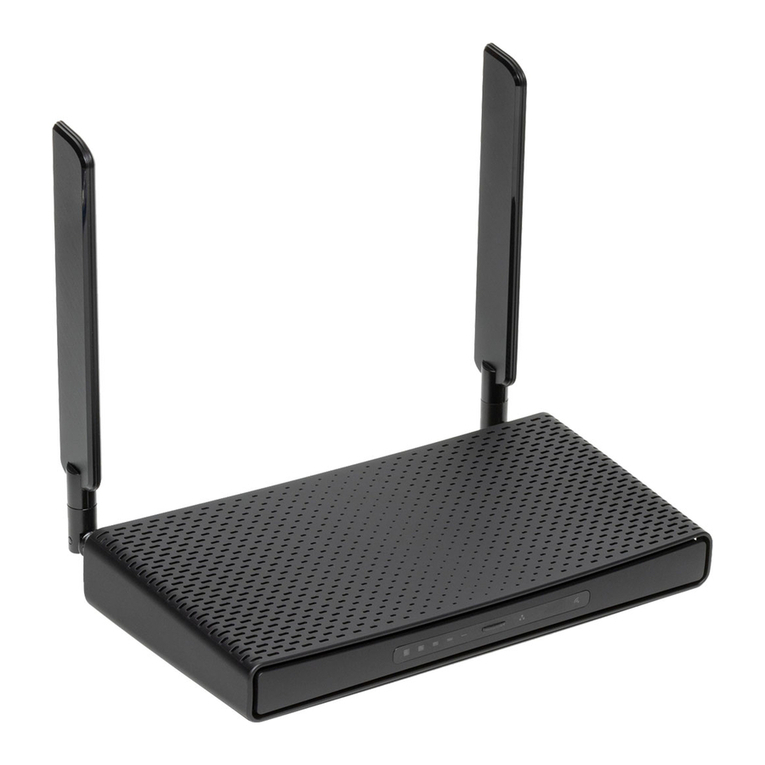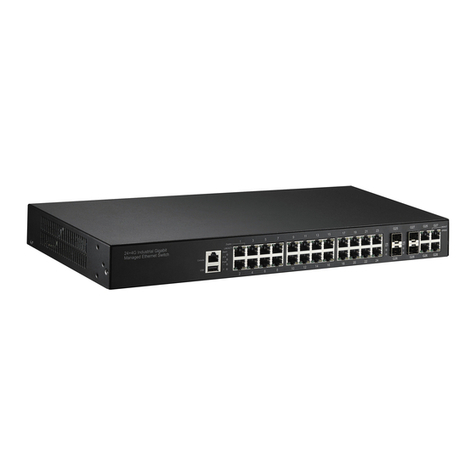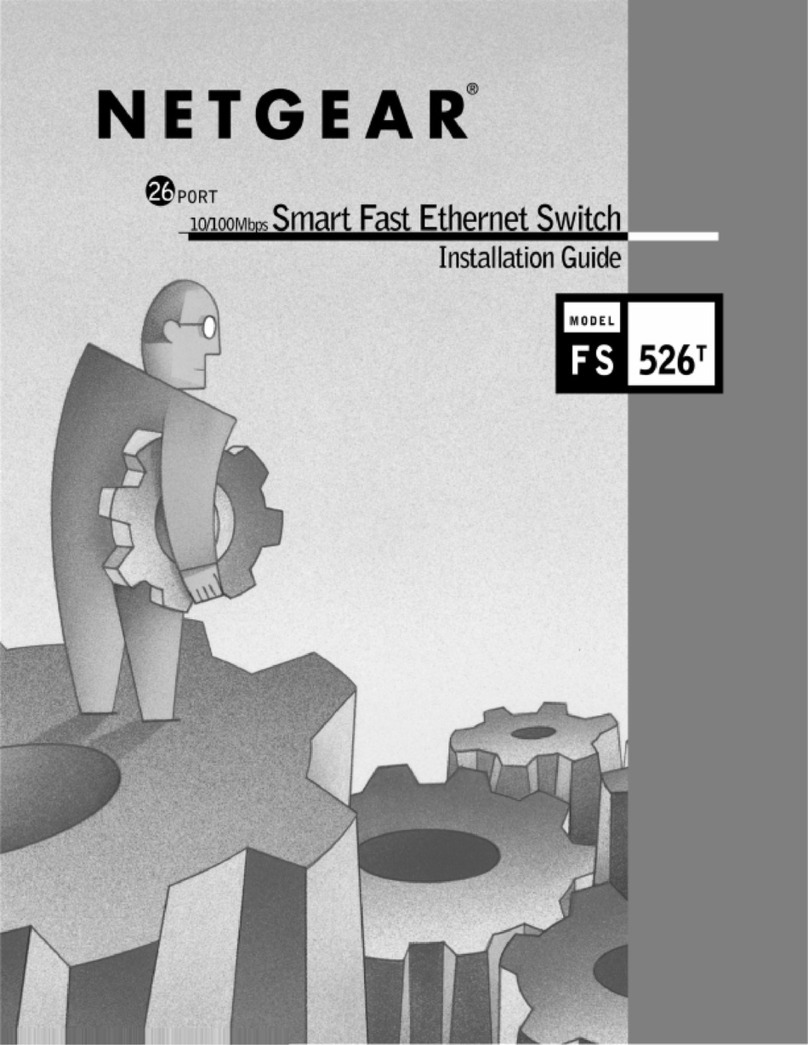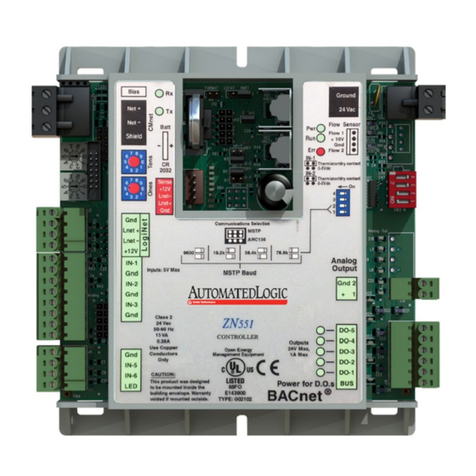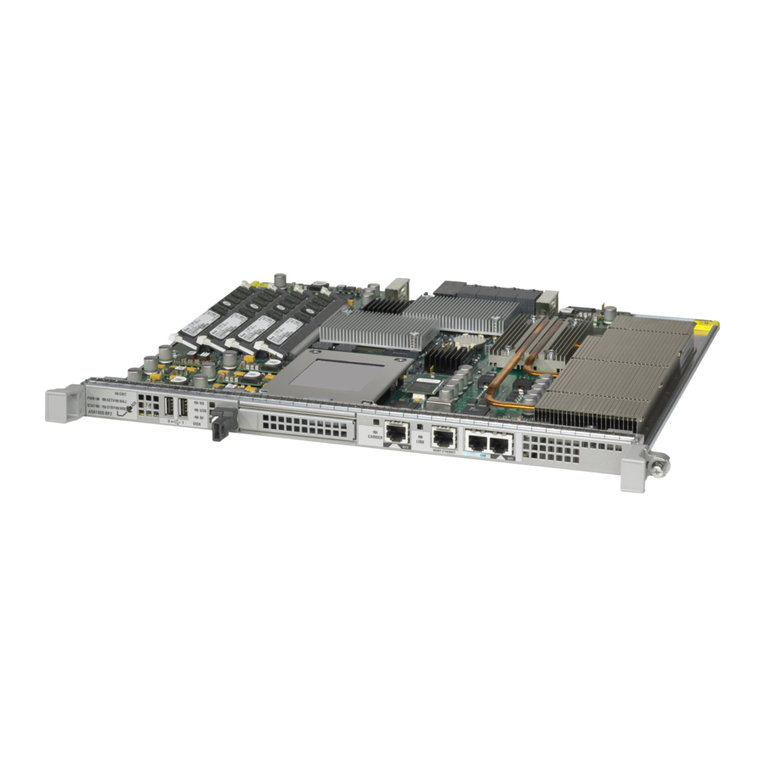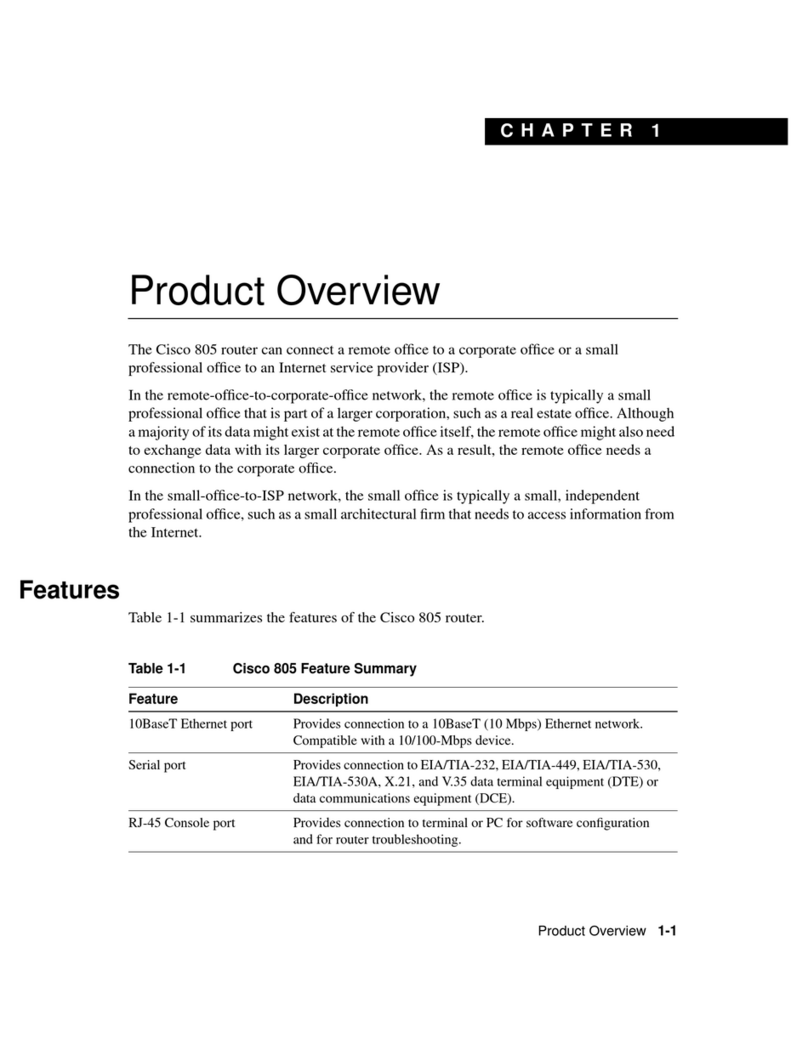Router Command Line Interface Reference Manual Page 1
GENERAL GUIDELINES
When the router is powered up, the user can connect a terminal (or the PC running
terminal emulation software) to the auxiliary (console) port to perform
configuration and management functions. Alternatively, the Command Line
Interface may be accessed via a standard telnet application. When properly
connected, setting the console speed to a baud rate of 19200 bits per second, eight
data bits, no parity, one stop bit, and pressing a carriage return key, the user will
see a system sign-on message followed by a password prompt as follows.
Router Manager Console Version: rev_no
Please enter your password: ********
A default password “password”has been pre-configured with the system. The
user should use it to log into the system until the password is explicitly changed
using the change password command. Note that the entered password is case-
sensitive. This password may also be changed using the browser-based GUI
configuration utility.
The password entered will be echoed as asterisks (*). After the Carriage Return is
entered, if the password string is validated, the command prompt Command> will
be displayed, and the user can then issue other commands. Otherwise, the
password prompt will be redisplayed.
Many commands are single-line commands, and commands are not context
sensitive: each command is independent of other commands before or after it.
Exceptions to the single line mode are indicated in this manual by the prefix “⊕”.
These commands invoke an interactive user dialog.
The command syntax is straightforward.
The following briefly summarizes the guideline for the interface.
•At any time, the user can type a “?”(preceded by a space) to request context-
sensitive help on what the user can enter next.
•At any time, the user can type control-p (^p, by pressing both the Ctrl key and the
p key at the same time) to repeat the previous command, or control n to return to
the following (next) command. At startup, typing ^p or ^n will not cause anything
to happen - since previous commands do not yet exist. In normal operation typing
^p will cause the previous command to show, and the cursor will sit at the end of
the command. At this point, the user can either type a carriage return to accept the
command, or type backspaces to edit the command from the end, or ^p to get to its
previous command, or ^n to get to its following command (if applicable). Up to
15 previously entered commands can be invoked through ^p’s and ^n’s.
•If a keyword is expected when the user types “?”, all valid keywords will be
displayed, then the command typed so far will be re-displayed, with the cursor
sitting at the end (waiting for the user to continue).
•If the user had previously typed part of the keyword but did not finish it, and if the
characters typed so far uniquely identify the keyword, if the user types a tab (or a
space) character, and the system will complete the keyword automatically. If the
characters typed so far do not uniquely identify a keyword, nothing will happen.
If the user is not sure what to type next, he can type “?”, which will cause those
keywords that match the characters typed so far to be displayed.
If an interactive mode is entered, the system will prompt for each parameter
